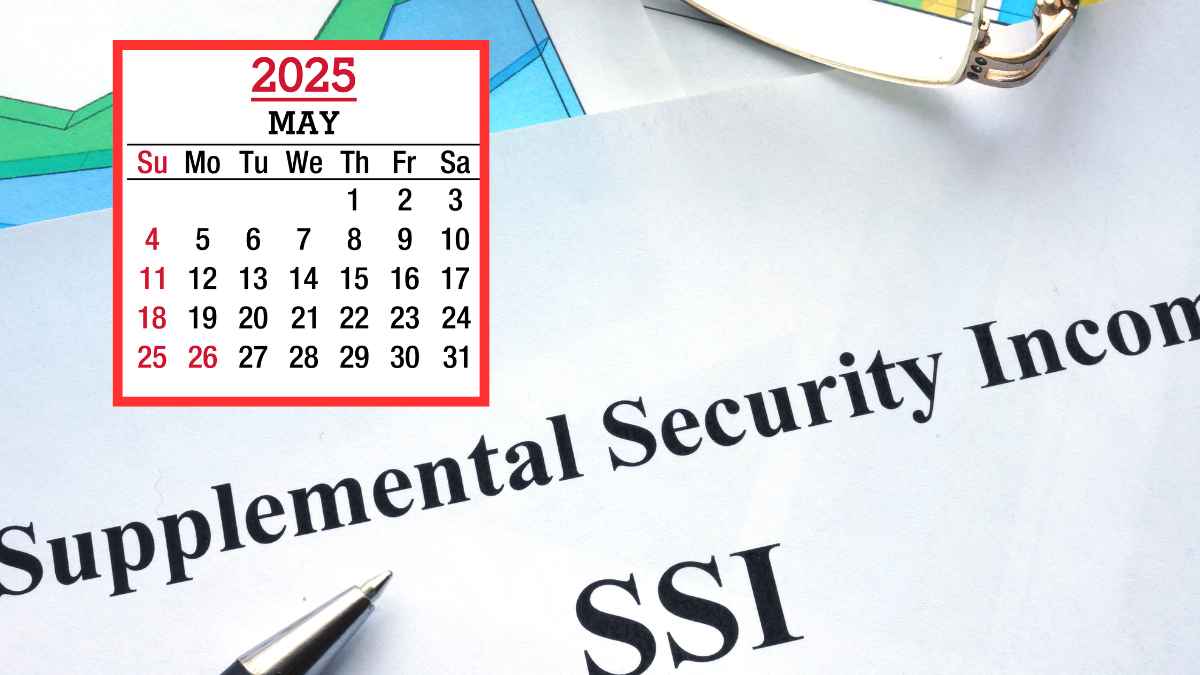The Social Security Administration (SSA) will deliver two payments to certain beneficiaries in May, prompting many to keep a close eye on their bank accounts. The agency advises recipients to plan their budgets carefully, since the second payment corresponds to June and will arrive earlier than usual.
In total, millions of Americans receive monthly checks from the SSA, including retirees, survivors, and people enrolled in Supplemental Security Income (SSI) or Social Security Disability Insurance (SSDI). Generally, payments are sent based on birth dates, but SSI beneficiaries follow a different schedule. When the first day of any month falls on a weekend or holiday, the SSA sends payments on the previous business day, resulting in two checks arriving in the same month.
Understanding how May’s Social Security schedule changes will impact SSI beneficiaries
SSI recipients will receive their May funds on Thursday, May 1. Because June 1 falls on a weekend, the June check will be moved up to Friday, May 30. This means there will be no new payment arriving in June for SSI, and the next deposit will land on July 1. Are you worried about missing any deadlines during this schedule shift? The good news is that you will not face penalties simply for receiving money early. However, thoughtful planning is essential to avoid running short in the weeks without a deposit. Below is a quick look at the May payment schedule:
| Date | Who Receives Payment |
|---|---|
| Thursday, May 1 | SSI beneficiaries (May payment) |
| Friday, May 2 | Beneficiaries with start dates before May 1997 |
| Wednesday, May 14 | Birth dates from the 1st to the 10th |
| Wednesday, May 21 | Birth dates from the 11th to the 20th |
| Wednesday, May 28 | Birth dates from the 21st to the 31st |
| Friday, May 30 | SSI beneficiaries (June payment sent early) |
Practical advice for handling double payments and staying financially secure this month
To manage two deposits in May, set aside or budget for rent, groceries, and other obligations you would normally cover in June. The SSA reminds beneficiaries that there will be no check arriving on June 1 for SSI. The maximum monthly amount in 2025 stands at $967 for eligible individuals and $1,450 for couples. Those who meet certain criteria—such as low income and minimal resources—could receive the maximum amount, while others may see variations due to household income or living situations.
Could you be fined for not spending the early payment promptly? The answer is no. There are no fines for saving or managing your SSI funds in a way that suits your needs. In fact, monitoring your finances and anticipating future expenses can help you stay on track until the next check arrives.
In conclusion, May offers both opportunities and challenges for SSI recipients. Two payments in a single month may ease short-term financial stress, but remember that the early June deposit leaves a gap before July 1. Planning, setting up a budget, and keeping track of payment dates can make a real difference in handling these shifts successfully.

